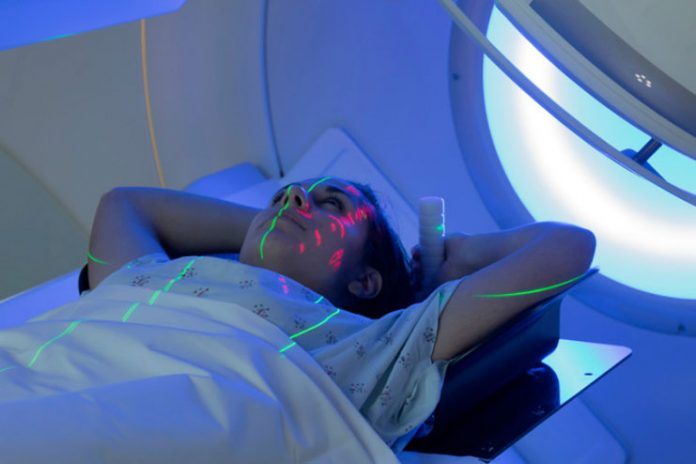Affiliate Disclaimer
Some links in this article are affiliate links. We may earn a small commission if you make a purchase through these links, at no extra cost to you. We only recommend products we find useful to our readersRadiotherapy has been in practice for quite a long time now, especially when it comes to the treatment of tumours and cancer related diseases. With so many possible treatment approaches, scientists have worked on to minimize the impacts of the radiotherapy that majority of us often tend to struggle with.
A new study (R) covered by a group of scientists from the University of Strathclyde covers a very new way of concentrating the radiotherapy dose in the treatment for the tumours, simultaneously working to minimize the damage caused to the healthy cells.
According to the study, focusing of a high energy beam on a very small spot located deep inside the body can be found to be quite helpful in helping the clinicians target the cancerous tumours without causing any kinds of impacts on the neighbouring cells.
Also termed as the external beam radiotherapy, it involves treating the patients with the combination of high energy X-rays or even the particle beams. The tumour growth is effectively cured with the form of radiation which is often administered in multiple installments, daily over the course of several weeks for better impacts.
The main goal of this form of treatment is to help ensure warding off the tumour and the salient growth without causing any kind of impacts on the body altogether. The lead author of the study, Professor Dino Jaroszynski suggested saying that statistics suggest that half of the world’s population is more likely to experience some form of cancer in their lifetime. Of these, half of them have been found to be treated with radiotherapy and the other half with chemotherapy.
While radiotherapy is quite effective in the treatment, it has also been found that the same does come with its fair share of complications. It is a challenge to deposit a high radiation dose that actually does conform to the structure of the tumour. This is also important to ensure that the same is targeted to get rid of all the cancerous cells while preventing any form of damage to the healthy cells.
This specific study suggests that it is possible to focus the radiation on the tumour in order to effectively irradiate it while reducing the dose in the surrounding regions to prevent causing damage to the healthy tissues.
Professor Jaroszynski suggested saying that much like how we tend to focus the sunbeams on a small spot, the same way the researchers targeted a small beam of radiation to a small spot using a magnetic lens to ensure effective ablation of the tumour.
Some of the common forms of radiation that is used in the treatment of the condition of tumours is either X-ray using the electron beams using linacs or accelerators. These low energy electron beams have also been found to have beneficial impacts in getting rid of the tumours without penetrating deep into the skin. This is the reason why it is relatively lesser used.
When it comes to the disadvantages of using the X-rays, it is believed that it is absorbed into the body, ending up depleting its impacts gradually which ends up asking for a higher dosage. Additionally, for better impacts, it has also been found that in order to irradiate the tumour, the X-ray beam is often rotated around which directly pointing on the tumour from multiple directions.
Dr Enrico Brunetti, a Research Fellow in Strathclyde’s Department of Physics suggested saying that this work is quite a comprehensive numerical study encircling some of the prospects of cancer treatment with very high energy electrons.
Karolina Kokurewicz, a Strathclyde PhD student working on the project said that in this conducted study stated that much like the protons do have specific properties specific to the particle. They are currently pushing their boundaries to get a better look at the potential advantages associated with the high energy electrons known as the VHEEs in the radiotherapy.
In this study, the researchers focused on showcasing the fact that a VHEE beam, when it is focused, does have the potential to precisely target the tumours much like the beam scanning modalities. The net impact of this is the enhanced dose that easily does conform to the target volumes of the tumour and help in providing with better control. This is the stepping stone to understand the kind of potential that VHEE brings about.
Professor Jaroszynski finally said that their group is working on establishing the new medical beamline located at the Scottish Centre for the Application of Plasma based Accelerator to further investigate the possibilities surrounding the same and get a better idea into the prospects involved around. This form of radiotherapy is expected to help reduce the cost involved in the process of treatment for the patients involved in this.































